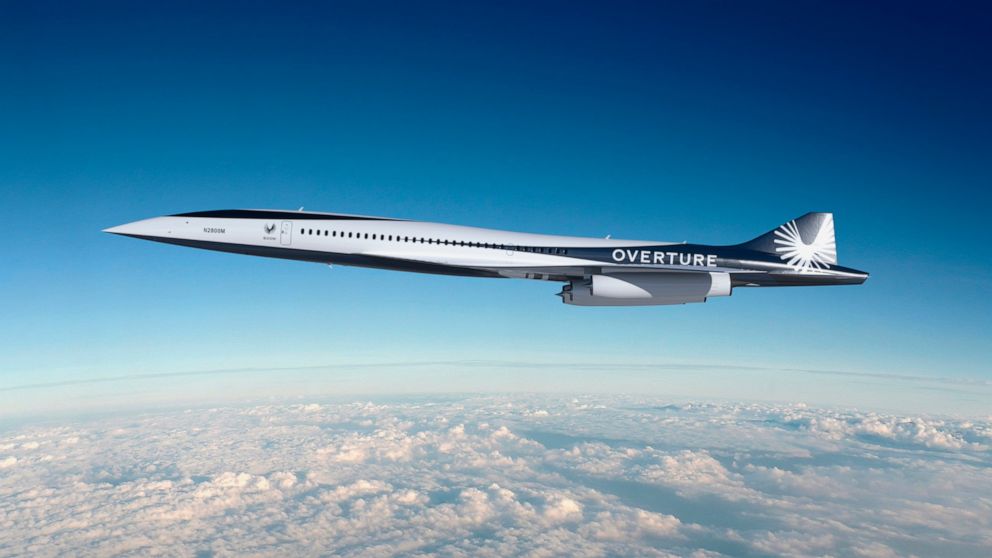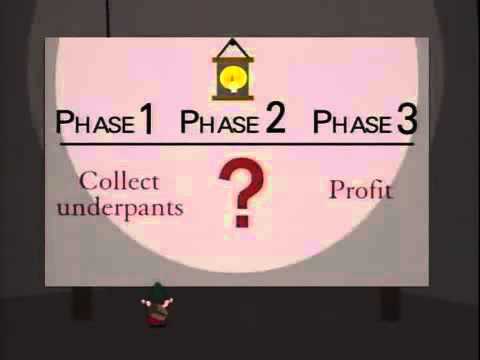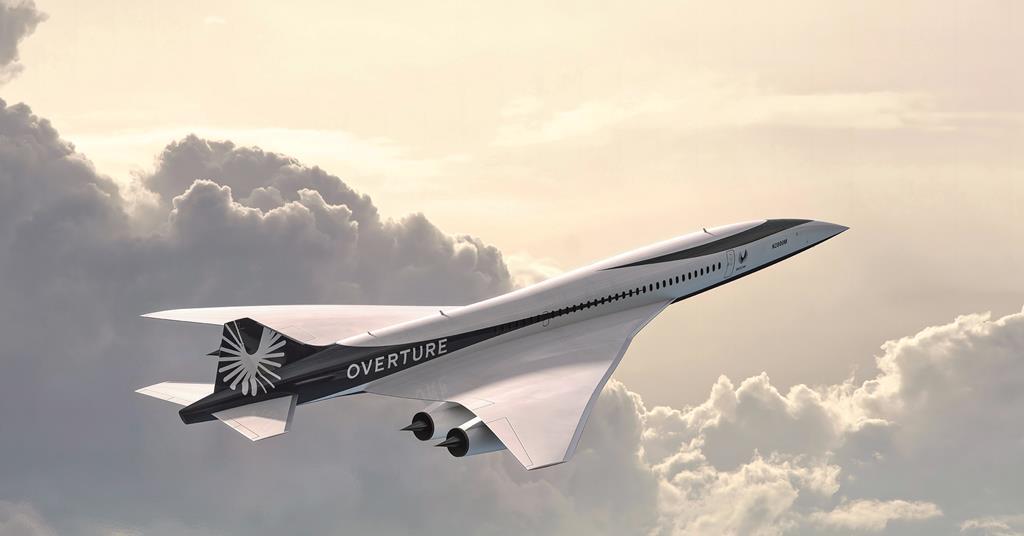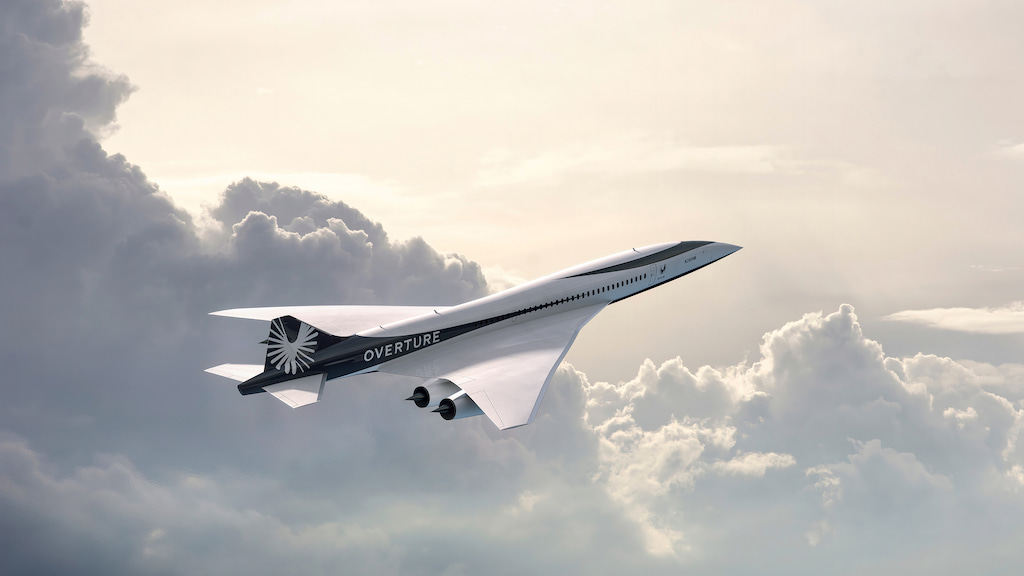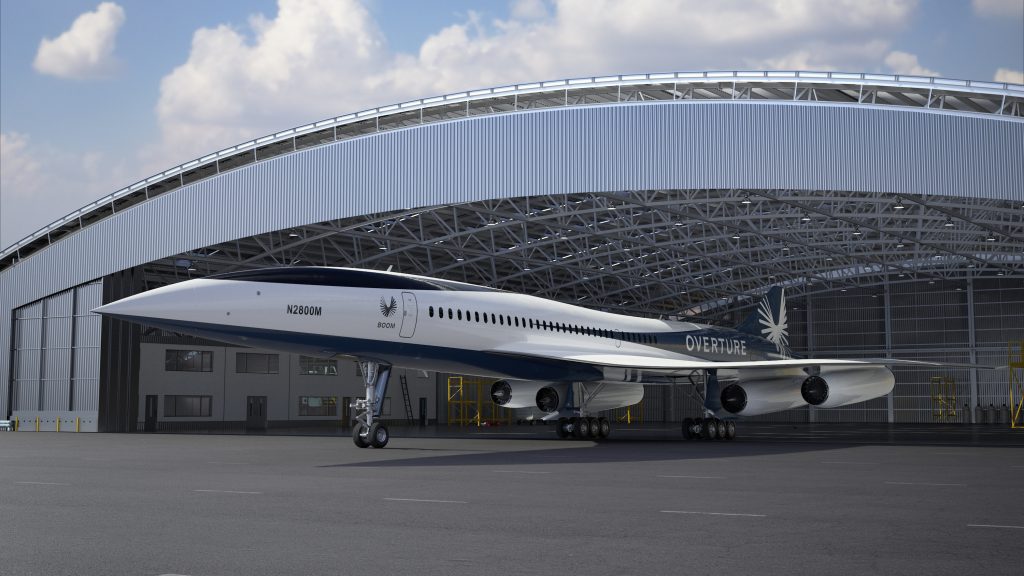- Joined
- 25 June 2014
- Messages
- 1,564
- Reaction score
- 1,453
The big problem for Boom is that the money they need now is shifting from the really speculative VCs who are willing to throw (relatively) small money at a bunch of very high-risk projects in hopes that they will have a stake in one big winner. Now they need money in amounts that only comes from investors who aren't willing to lose that much all in one hit and are going to do a lot more due diligence before they pony up the cash.
The immediate problem is not cash for the plane, it is cash for an engine with an uneconomically small forecast market. Nobody is going to develop commercial supercruise until the military have paid for the basic R&D and the industrial-scale infrastructure for green fuel production is becoming a believable proposition.
Or wait, the Overture is basically a Concorde makeover; maybe R-R could warm over the Olympus for them yet again?
But even then, if today's soaring energy prices are a foretaste of what is to come in a truly green world, Overture will fail for the same reason Concorde did - too expensive to run.

